James Reeve, painter and adventurer who was fascinated by the macabre and surreal – obituary
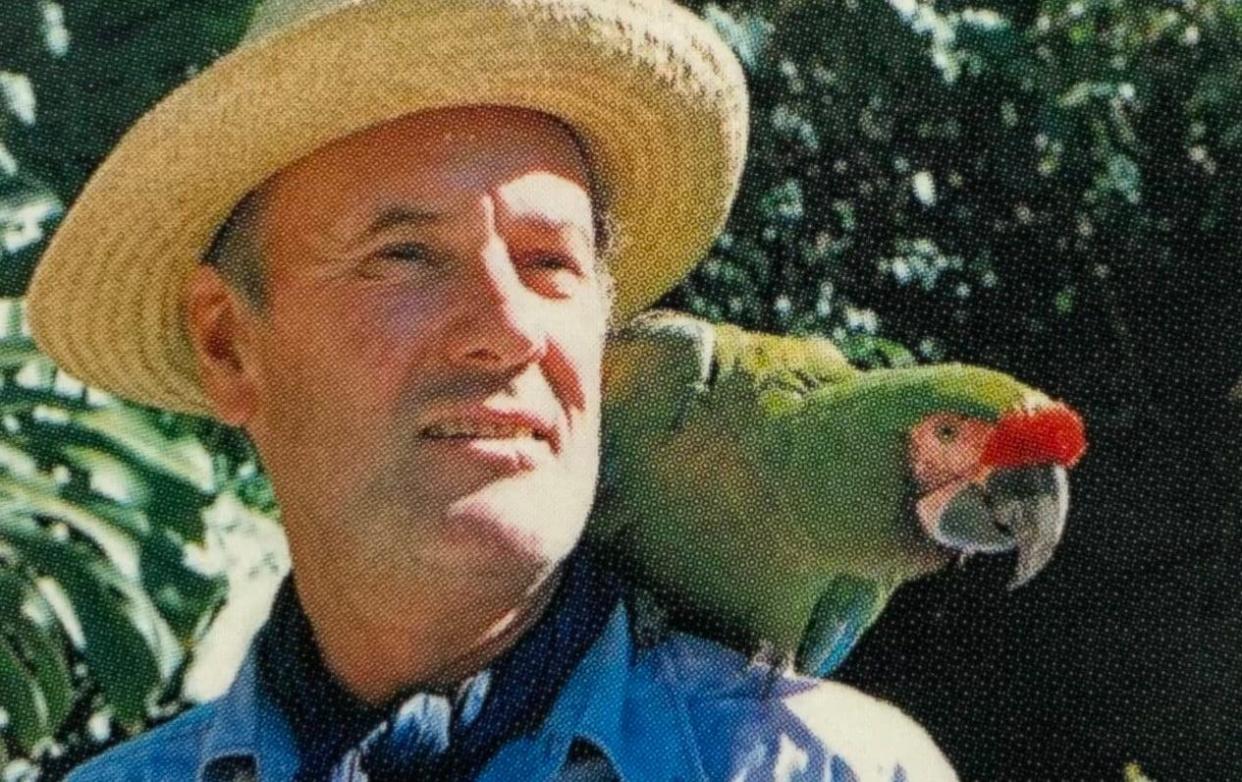
James Reeve, who has died aged 84, was an artist who painted in a hard-edged, hyper-realist style and was as proficient in portraiture as he was in landscape. He was known not only for his exquisite draughtsmanship and sense of place, but also, from when he moved to Mexico in 1985, his gift for conjuring up imaginative worlds in which the real and supernatural are not always easy to disentangle.
The gallerist Jonathan Clark observed that watching Reeve at work in his studio brought to mind “the obsessive focus of the Old Masters. But the Masters in question are not such lyrical classicists as Claude Lorrain. Instead one is reminded of Bosch and Bruegel, Richard Dadd even.”
Bevis Hillier, who contributed an introduction to a lavishly illustrated study, James Reeve: An English Painter in Mexico, once reckoned that there were only two artists in England who qualified as geniuses, David Hockney and Reeve. In 1995, Richard Dorment in The Sunday Telegraph observed: “Wherever I go… I just don’t come across representational painters whose work I want to look at again and again. The one exception to this rule is James Reeve.”
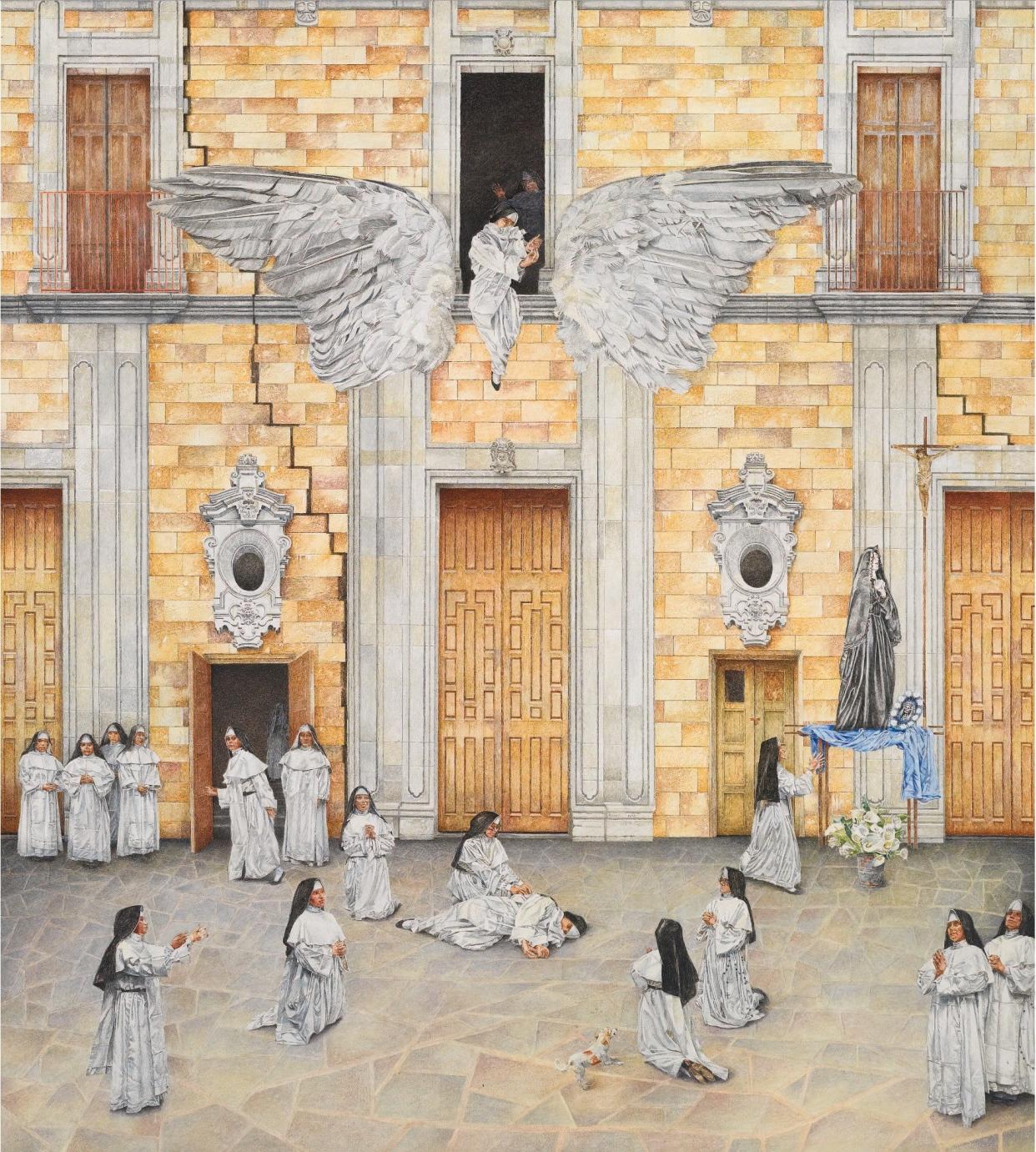
Yet for many years, although there were a few enthusiastic collectors such as Anne Heseltine, Reeve was little known in Britain. For a decade or so, after his move to Mexico, it was near impossible to find his works in a British art gallery. By contrast, in Mexico, there is a museum dedicated to his work in San Luis Potosí.
Reeve himself was as colourful as any of his paintings, and friends could tell countless stories of his eccentricities and bad behaviour – such as when he kindly offered an elderly dinner partner who was hard of hearing a “euthanasia pill”, or when he slipped a valuable silver spoon into the coat pocket of someone he disliked, then whispered to his hostess, “Kleptomaniac, I’m afraid.”
They also told of his liking for disguises and subterfuge (“necessary to discourage onlookers overseeing my work”) and his taste for the macabre, which were evident in the quirky and quixotic memoir he published at the age of 81, called Travels of a Painter.
His cousin, the historian Lady Antonia Fraser, once observed in a letter to him: “Dearest James, When God gave you your great artistic talent She [sic] made a big mistake, contrary to what is generally thought… This is because you are really meant to be a brilliant writer.”
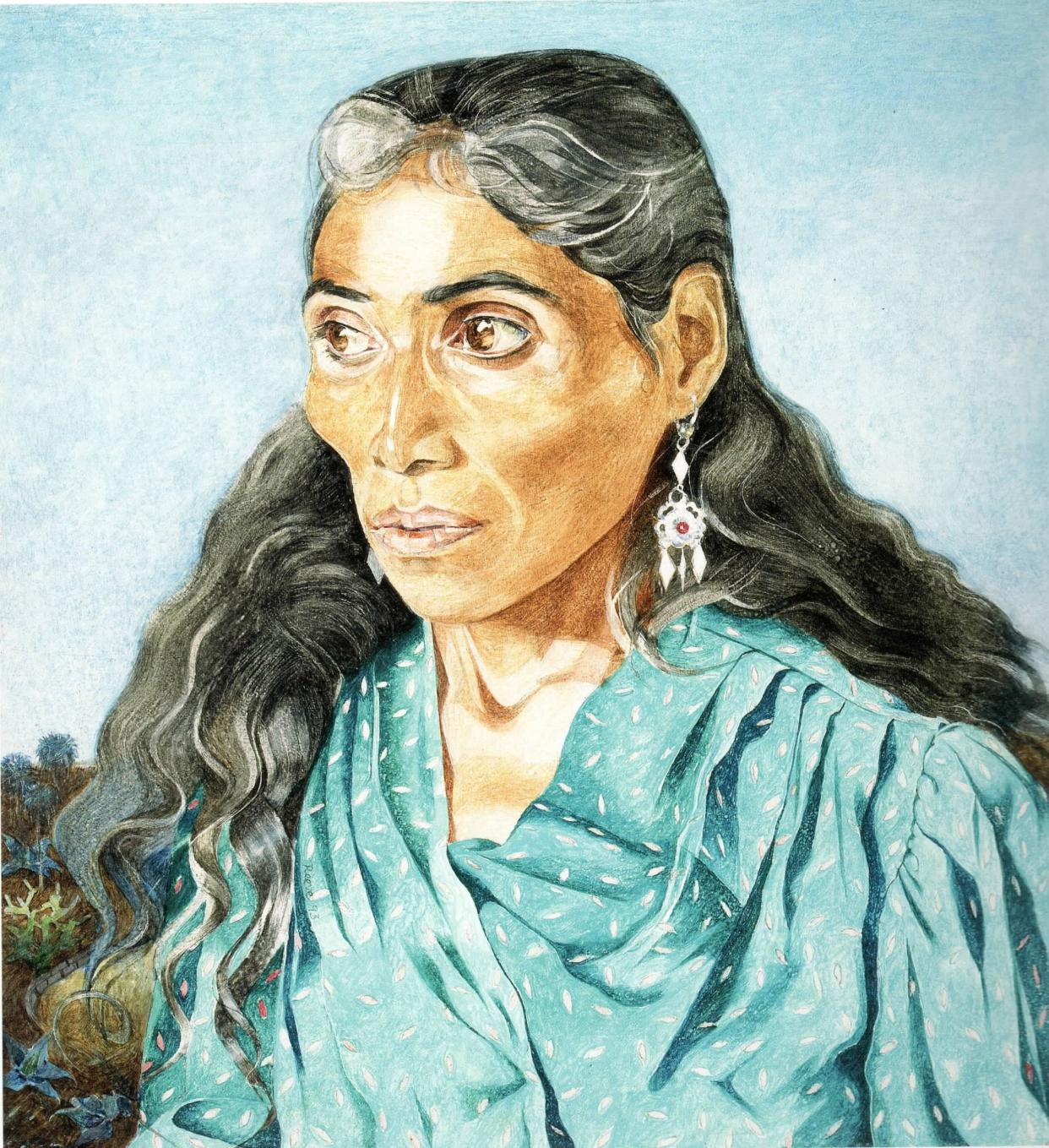
James Reeve was on December 2 1939 in Adelaide, Australia, where his father, Mark, had been sent to open a factory by his employers, Tube Investments. His mother Christina was the daughter of Arthur Chamberlain, from the Birmingham industrial and political family that had produced the Victorian statesman Joseph Chamberlain and his son Neville, although James claimed that his “only glamorous relation” was Elizabeth Pakenham, Countess of Longford.
When war broke out, Christina returned with James and the first of his three younger sisters on a cargo ship to England, and went to live with her parents at their family home, Rackenford Manor in Devon, for the duration of the war. When Mark returned, he went to work for the lace-makers Heathcoat of Tiverton, and the family moved to Bolham House, just outside the town.
Remembering his parents, James said: “It was an age of few kisses amongst family; I only ever shook hands with my father, and my mother’s were limited to goodnight.” His references to his father hint at an unhappy story (“my mother, recently widowed, upon my father’s blowing out his brains...”).
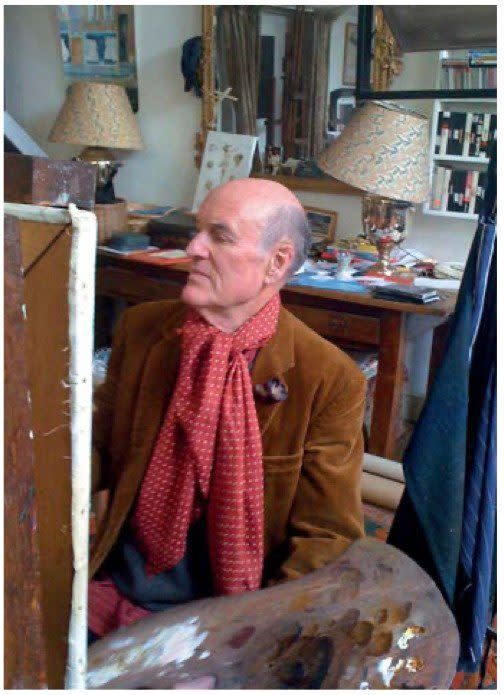
Aged six he was sent to board at an “eccentric but endearing” prep school, staffed by “damaged casualties of the war” and masters with predilections for small boys – including the headmaster who, James conceded, “would probably have been imprisoned nowadays”, but whose predatory instincts were limited to very public expressions of affection.
While he was a duffer at games (“he is not a wildly enthusiastic cricketer... His rugger is still rather feeble”), Reeve was in his element in the art room, adorning the walls with a large frieze depicting 18th-century characters, with minute attention paid to their costumes. Meanwhile, his performance as Brutus drew an enthusiastic review in the school magazine: “It is no small achievement for a small boy to learn over 500 lines of Shakespeare in his spare time.”
His sister Philippa recalled how, at family Christmases, he would put on puppet shows to amuse his parents, making the puppets and their costumes himself: “It started in quite a seasonal way with shows like Sleeping Beauty... but gradually a macabre twist crept in. One Christmas James presented a full-blown puppet version of Oscar Wilde’s Salome which did surprise our parents.”
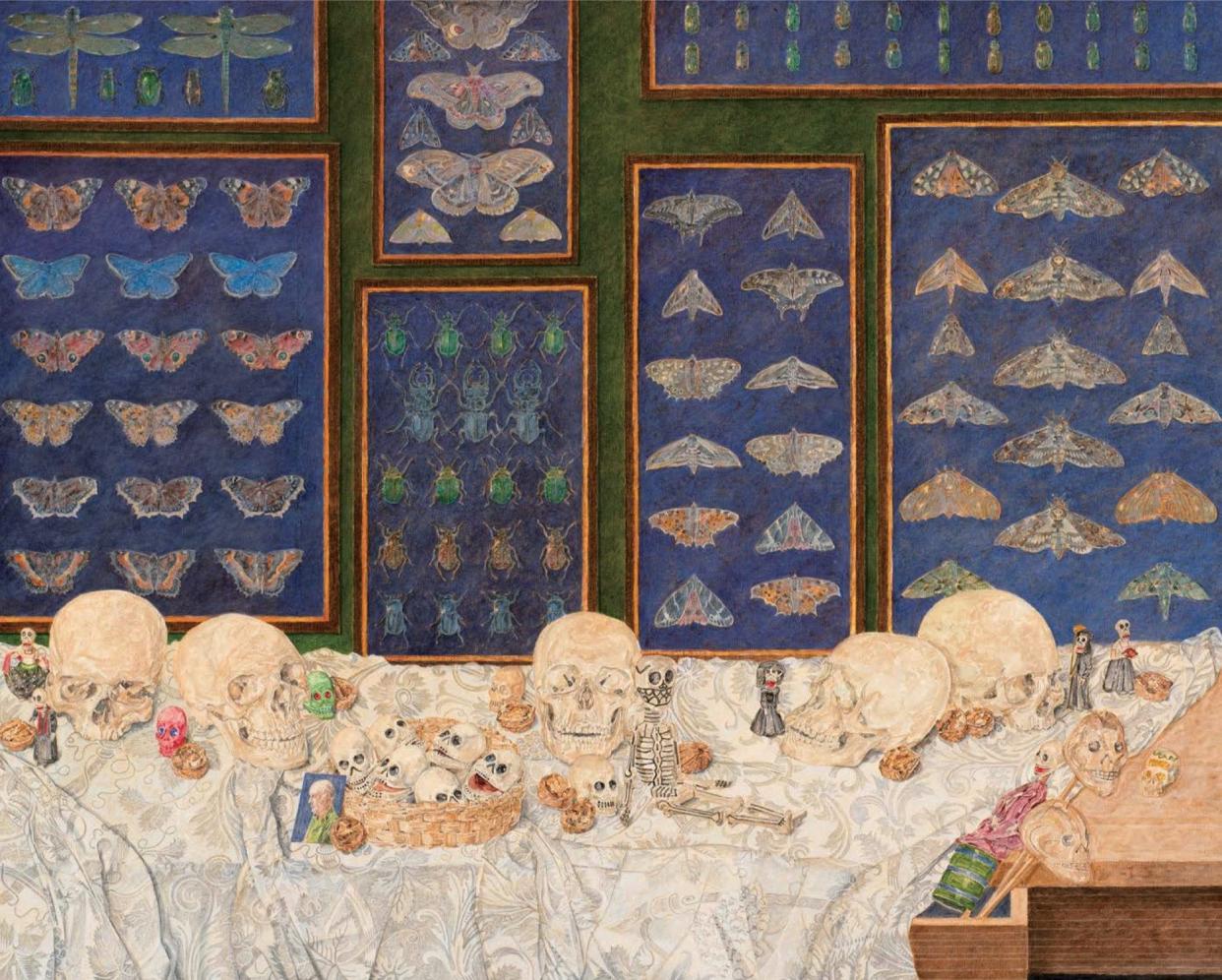
She also recalled an occasion when he dressed up as an old lady and got his sisters to wheel him in a Bath chair round the nearby village to beg for cakes and sweets “for a fictitious group of children in a fictitious African country”, much to his parents’ fury. He once fooled his own mother when she was interviewing cleaners and failed to recognise her son among the applicants.
His time at Rugby (“more or less unchanged since the days of Tom Brown”) was deeply unhappy. He was tormented by bullies who burnt his paintings, and although he won a scholarship to read Modern Languages at Magdalen College, Oxford, the unexpected presence at the university of his chief tormentor at Rugby contributed to his decision to leave after three months to paint.
He travelled to Florence to study at the Academy of Art, living in a series of insalubrious pensiones and delighting in such odd characters as a Yugoslav ambassador’s wife who wore a hat made from her own hair (“I won the Hat Oscar for 1931”) or the woman who spent her life wanting to be a tree: once a month her gardeners dug a hole in which they “planted” and “watered” her.
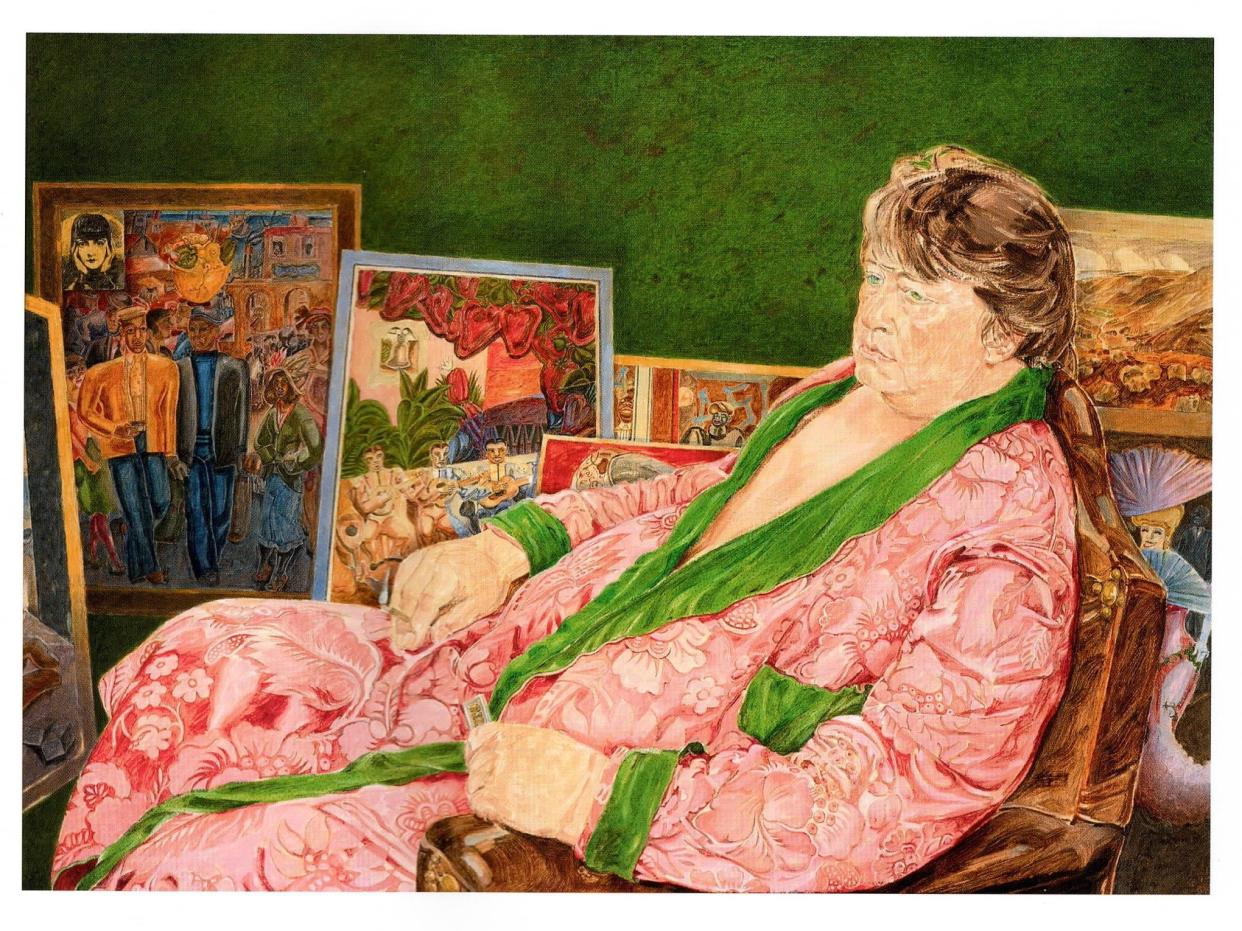
He went on to Madrid, where he studied for five years at the Real Academia de Bellas Artes de San Fernando. One professor taught his students anatomy by sending them home with body parts from tramps he had paid to bequeath him their cadavers via the city morgue, to “make hasty drawings before they smelled too bad”.
Reeve found inspiration for early sketches in dwarves from a local circus troupe. Finding himself roped in by the ringmaster to recruit more dwarves from the countryside, he toured remote villages in a battered van to cries of “Here comes the dwarf man!”
For a time he worked in the studio of Salvador Dalí, whose vision had an enormous influence on his later work.
Then, after a divine revelation on the Madrid Metro, Reeve decided to enter the enclosed and silent order of the Jeronimites in Segovia. He taught his fellow novices how to play croquet, until the cannoning rules caused such rage that the mallets were confiscated and burned.
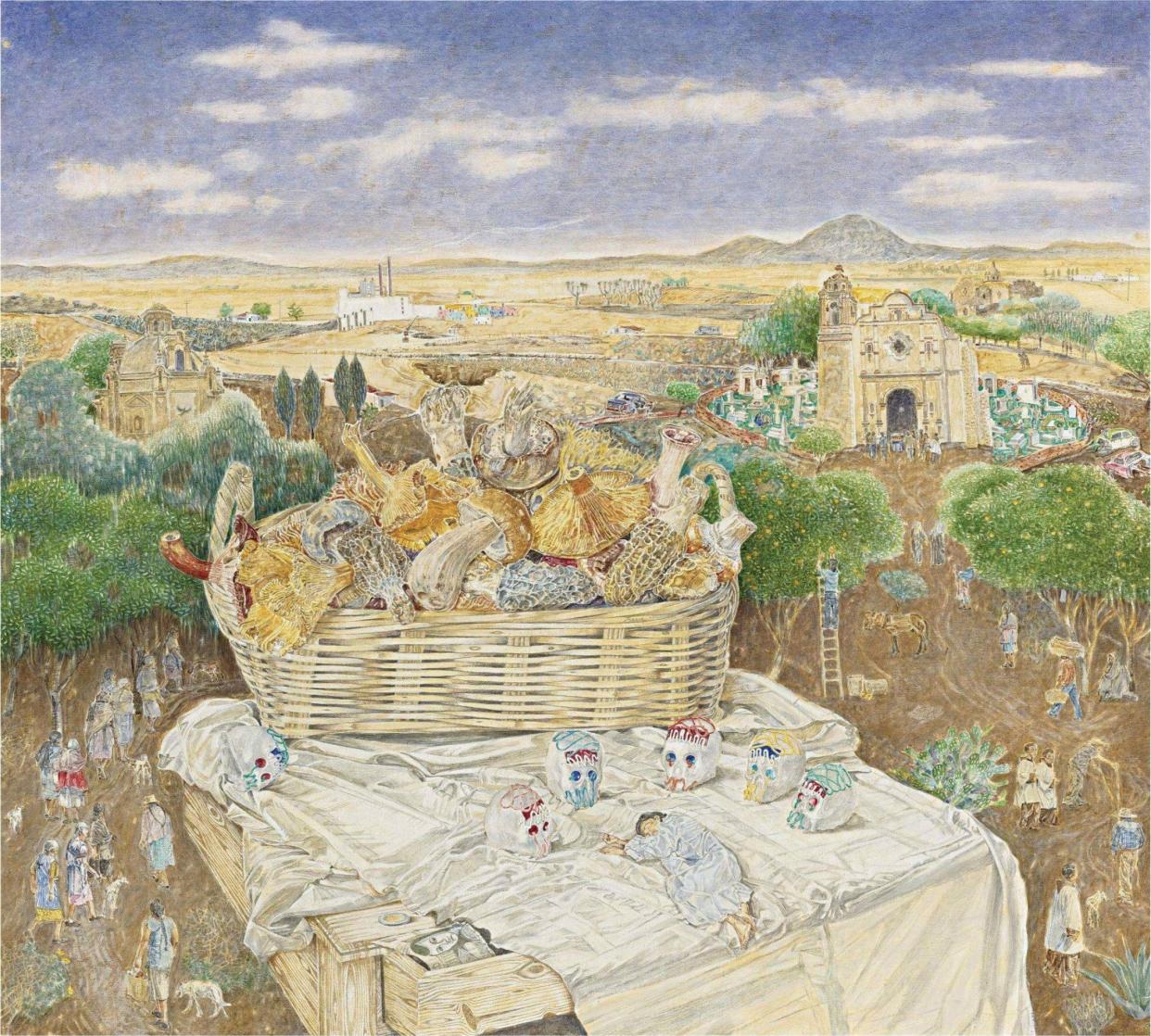
Eventually, after two years, the intense winter cold, the nightly interruptions to pray, the diet of water and lentils while “the Prior sat apart with... roast partridge and a bottle of Rioja”, plus a near-fatal bout of brucellosis from drinking unpasteurised goat’s milk, persuaded Reeve that he was not cut out to be a monk.
But his fascination with the religious life would be reflected in his later work in Mexico – and in the various disguises he adopted over the years: “I got on a plane to London once dressed as a priest. There was a terrible storm and the plane was thrown about all over the place. The man next to me thought he was going to die. I thought I was going to die. He asked me to hear his confession. I bumbled a few words.”
Back in London, living in a slum, he began to paint in earnest but was soon off again on his travels. He captured the shimmering heat of the Australian outback, where he met the Aborigine Madame Tongere and dined on witchetty grubs; in Congo he was captured by pygmies who imprisoned him in a bamboo cage and poked him with sticks but let him out when he began to sketch their chieftain. In Rajasthan he travelled with Diana Wordsworth, a last relic of the Raj.
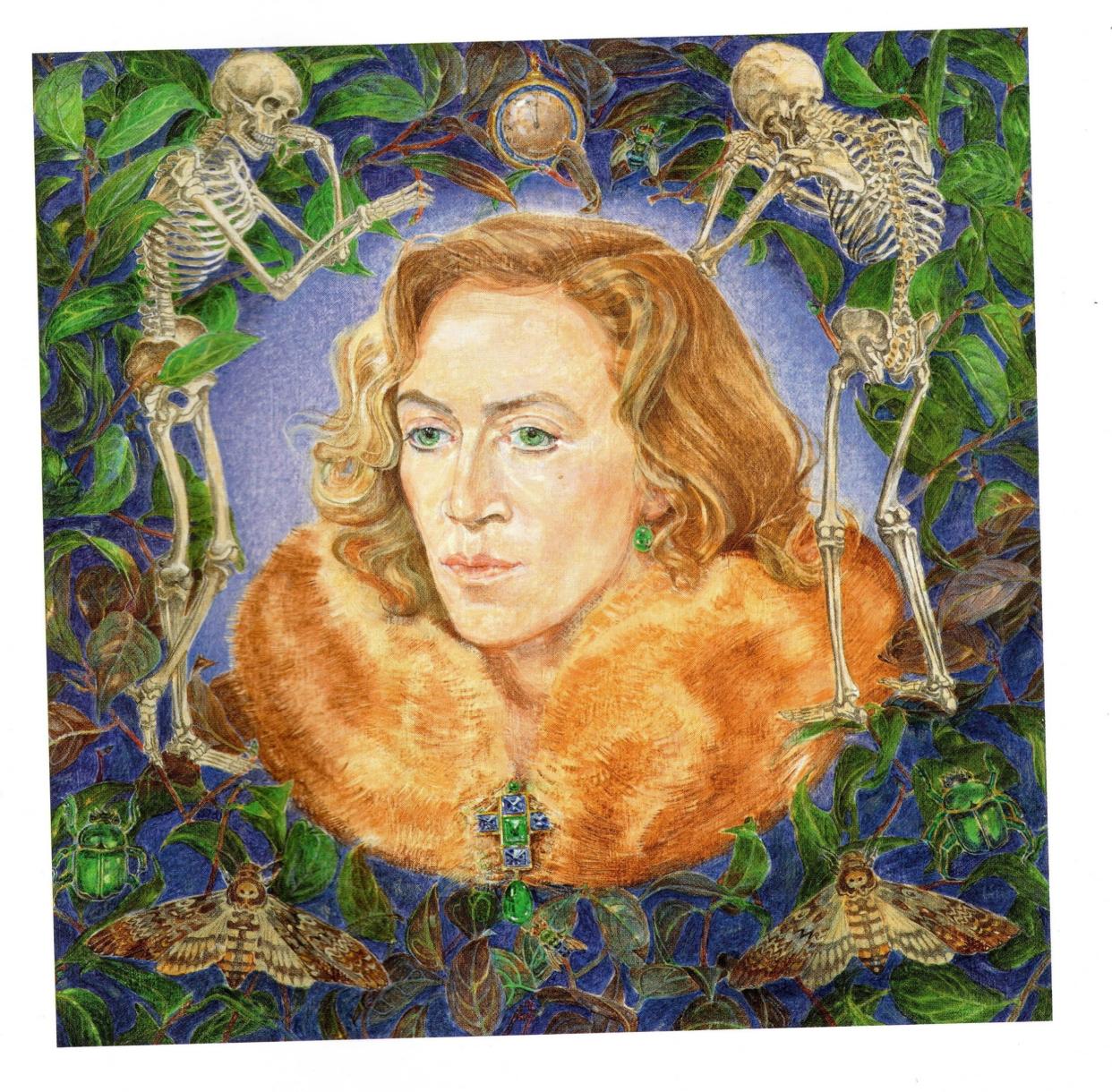
He painted the Mountains of the Moon in Uganda, where he met King George of Toro, complimenting him on his bees, having passed some giant hives which turned out, embarrassingly, to harbour not bees but royal concubines. The King’s daughter, the famously beautiful Princess Elizabeth of Toro, lawyer, politician, diplomat and model, would later turn up on the doorstep of Reeve’s dingy digs near Olympia after fleeing the bizarre dictatorship of Idi Amin in 1975.
That year Reeve had a first solo exhibition in London at Arthur Tooth and Sons, then another in 1978 at Fischer Fine Art, followed in the 1980s by a couple of shows at Browse & Darby before he all but disappeared from the British art scene for several years.
In 1985, “in search of a Toucan, more blue than green, that lived in the Mexican jungle,” he arrived in the village of Xilitla, in the remote forested highlands of central Mexico, once the home of the poet Edward James, the great patron and collector of the Surrealists.
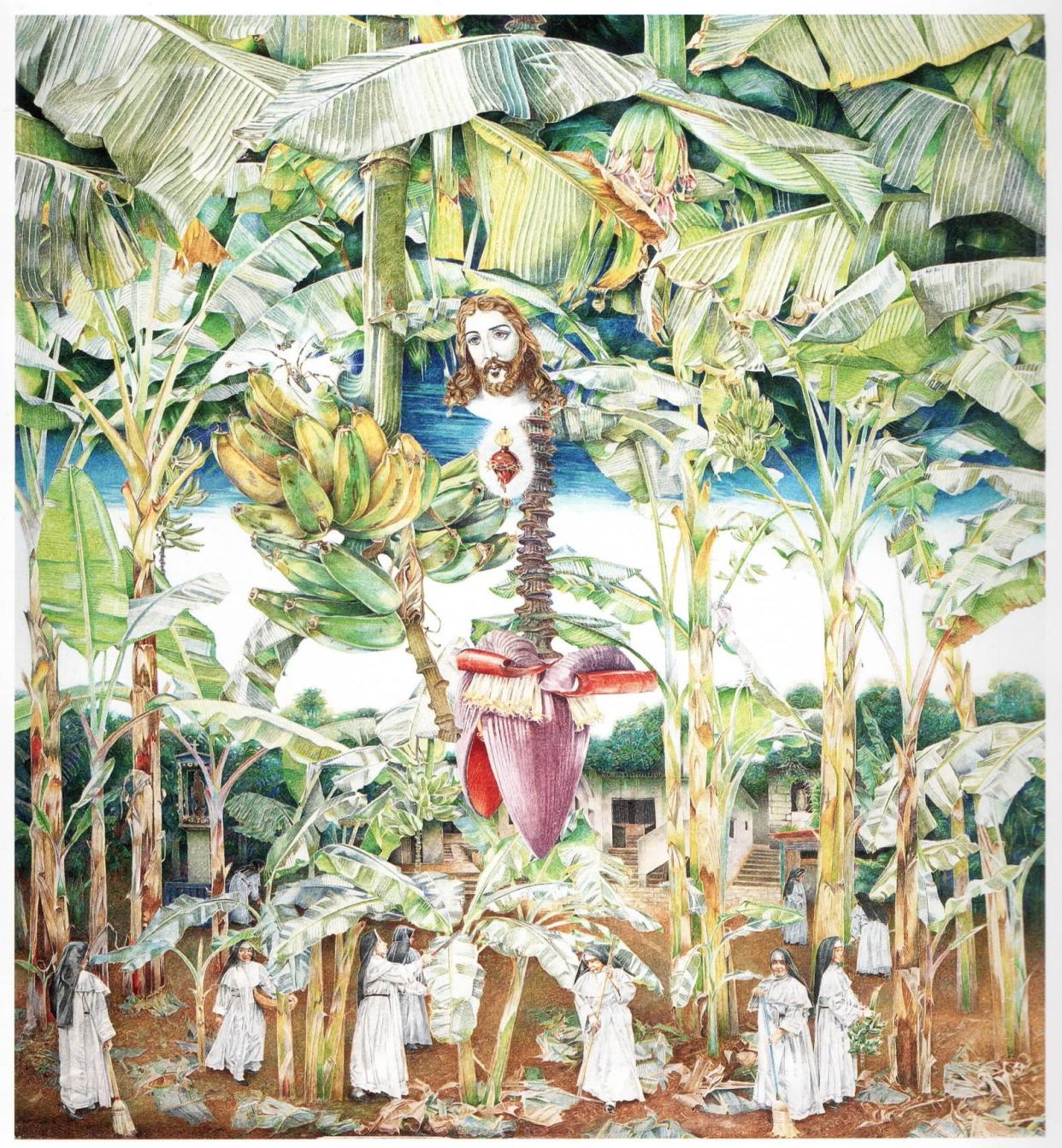
Reeve built his own house and studio there, and it was in painting the transvestites, prostitutes, witches, nuns and assorted oddballs who were his neighbours that he rediscovered, through the streak of fantasy that runs through Mexican life, his own childhood joy in make-believe, the macabre and the supernatural.
When the Blessed Virgin Mary appeared to the local Dominican nuns in the form of a butterfly, or when holy angels saved the mother superior from death by breaking her fall from a second floor window, Reeve recorded these incidents, with a mixture of humour and deadpan seriousness, in his painting.
In 1993, after tourists discovered his hideout, he moved to a tenement in the historic centre of Mexico City.
By the time he moved back to Britain in 2009, settling on Exmoor, interest in his work had revived, boosted by a solo show at the Theo Waddington Gallery in 2000, by Charles Saatchi (rather to Reeve’s dismay) becoming a collector, and by solo shows at Jonathan Clark Fine Art in 2011 and 2015.
James Reeve, born December 2 1939, died May 10 2024


